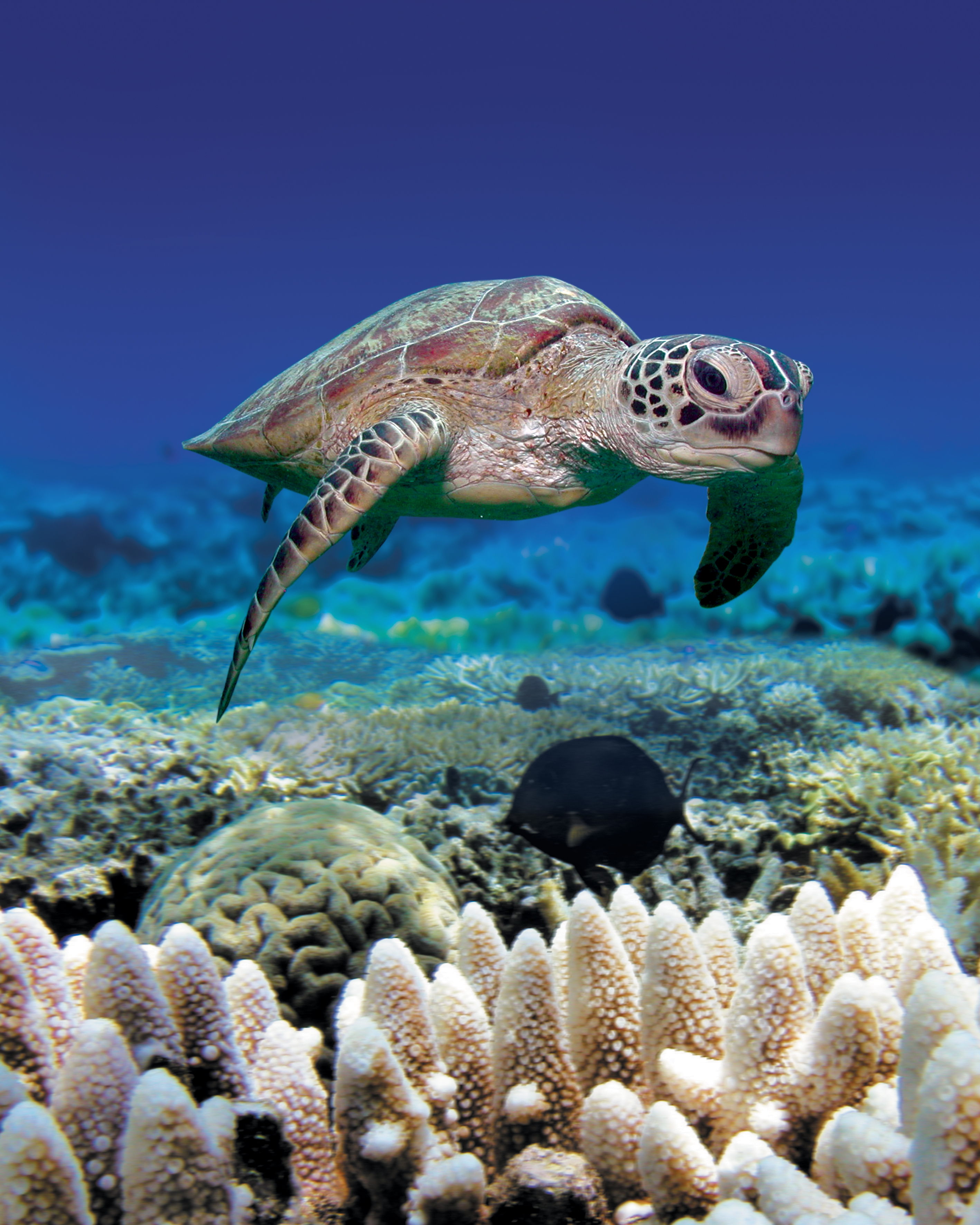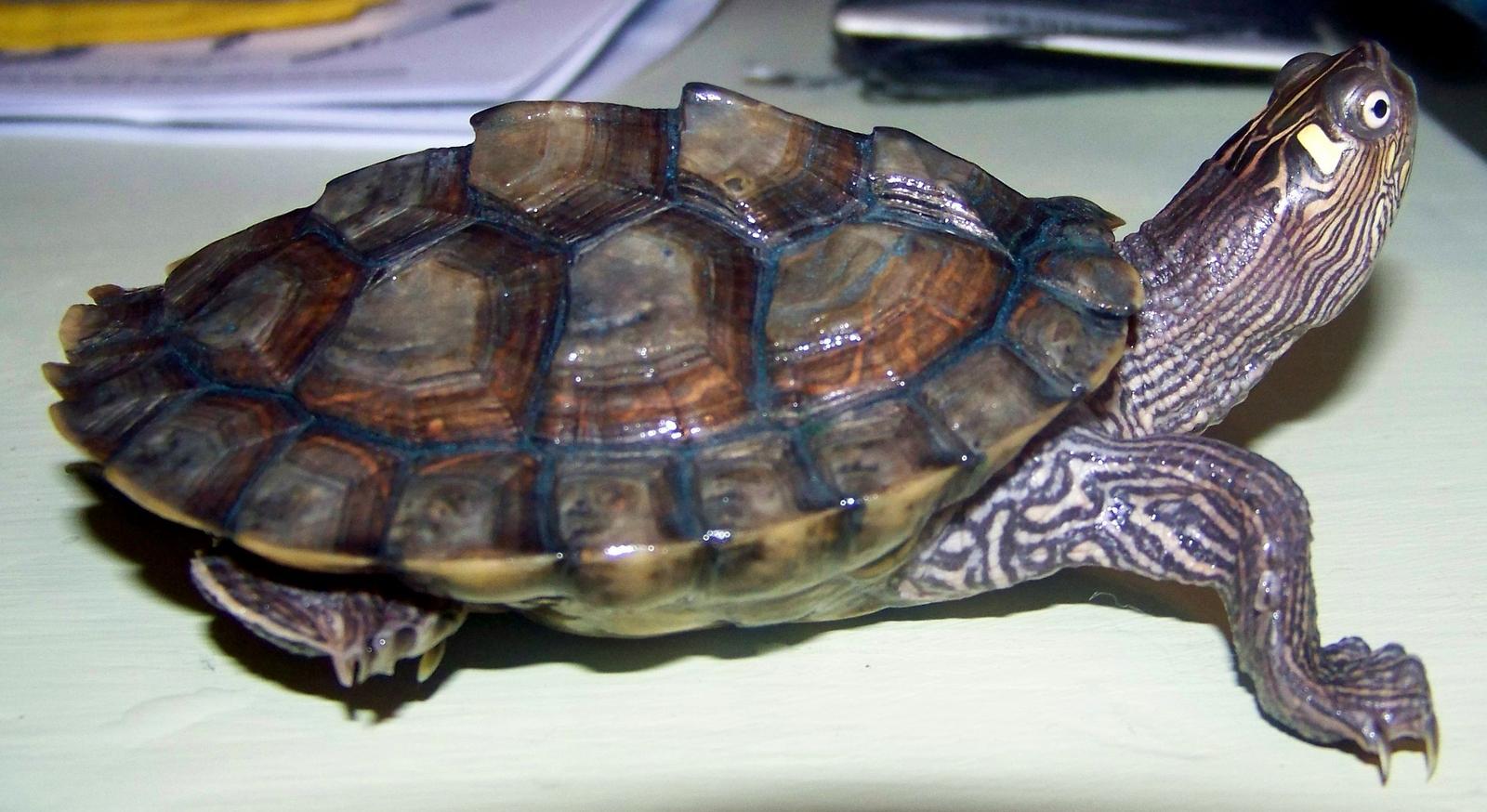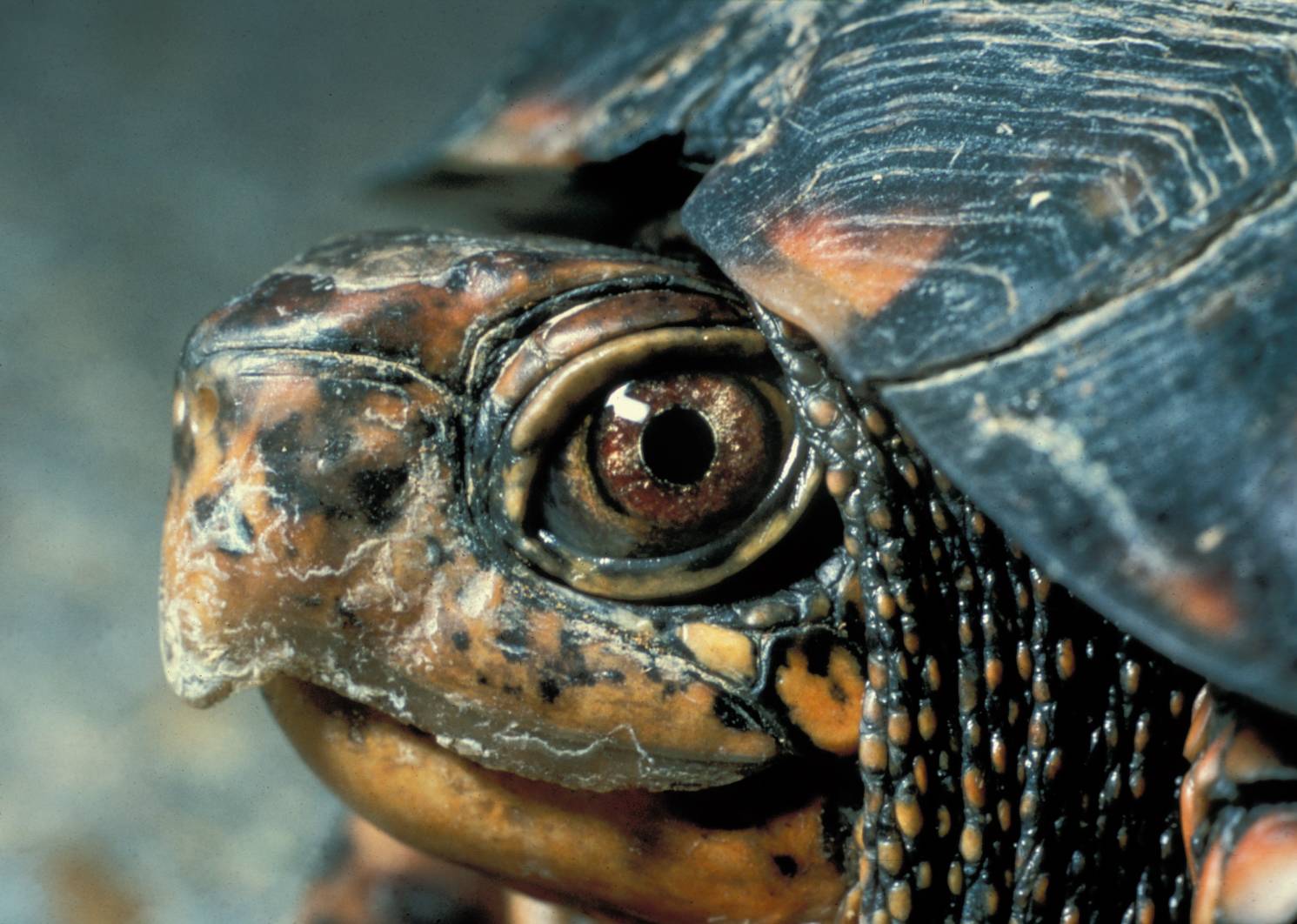
Turtles, with their unique appearance and fascinating behavior, have captivated the attention of humans for centuries. These magnificent creatures, known for their distinctive shells and slow movements, belong to the reptile family and are found in various habitats worldwide. In this article, we will explore the intriguing world of turtles, their diverse species, and their essential role in maintaining the balance of marine ecosystems.
The Anatomy of Turtles

Turtles possess a remarkable body structure that has allowed them to thrive for millions of years. Their most prominent feature is their shell, which acts as a protective covering made up of bony plates called scutes. This shell provides a shield against predators and environmental hazards. The upper part of the shell is called the carapace, while the lower part is known as the plastron.
Beneath their shells, turtles have a unique skeletal system which includes their backbone, ribs, and a specialized bony structure that supports their internal organs. Their limbs are adapted for various modes of locomotion, depending on their habitat. Aquatic turtles have webbed feet or flippers, enabling them to swim gracefully, while terrestrial turtles possess strong, clawed limbs for walking on land.
Turtle Species: A Diverse Family

The world is home to around 356 recognized turtle species, each with its own distinct characteristics. Among the most well-known species are the Green Sea Turtle, Loggerhead Turtle, Leatherback Turtle, and the iconic Galapagos Giant Tortoise. These species vary in size, coloration, habitat preference, and feeding habits.
The Green Sea Turtle, for example, is a large marine turtle that can grow up to 5 feet long and weigh over 500 pounds. Its name comes from the greenish color of its fat, not its shell. On the other hand, the Galapagos Giant Tortoise is the largest tortoise species, capable of reaching weights exceeding 900 pounds.
Turtle Habitats: From Oceans to Freshwater

Turtles inhabit a wide range of ecosystems, from the vast oceans to freshwater lakes and rivers. Marine turtles, such as the Green Sea Turtle and the Leatherback Turtle, spend most of their lives at sea but return to coastal areas to lay their eggs on sandy beaches. These turtles undertake incredible migrations, crossing entire oceans to reach their nesting grounds.
Freshwater turtles, like the Eastern Box Turtle and the Painted Turtle, can be found in ponds, lakes, and slow-moving rivers. Many species also inhabit terrestrial environments, including grasslands, forests, and deserts. They have adapted to various climates and can be found on every continent, except Antarctica.
Turtle Diet: Omnivores and Herbivores

Turtles exhibit a diverse range of dietary preferences depending on their species. Some turtles, like the Leatherback Turtle, have a primarily carnivorous diet, feeding on jellyfish and other soft-bodied invertebrates. The Loggerhead Turtle, on the other hand, is known for its powerful jaws, enabling it to crush and consume hard-shelled prey such as crabs and mollusks.
Many turtle species are herbivores, feeding on aquatic plants, algae, and fruits. The Galapagos Giant Tortoise, for instance, primarily grazes on grasses and cacti. Some turtles have even developed unique feeding strategies. The Snapping Turtle lies in wait, camouflaged among aquatic vegetation, and ambushes unsuspecting prey that ventures too close.
Turtles and Ecosystem Balance
Turtles play a crucial role in maintaining the balance of marine and freshwater ecosystems. As herbivores, they help control the abundance of aquatic plants, preventing excessive growth that can disrupt the ecosystem. Turtles also act as scavengers, consuming carrion and cleaning up decaying matter, thereby improving water quality.
Furthermore, turtles serve as prey for numerous predators, such as birds, mammals, and larger fish. They contribute to the intricate food web, ensuring the stability and health of the ecosystem. Additionally, turtles aid in seed dispersal by consuming fruits and excreting the seeds in different locations, promoting plant diversity.
Turtle Conservation Efforts

Despite their remarkable adaptations and ecological importance, turtles face numerous threats that have led to a decline in their populations. Habitat loss, pollution, climate change, and poaching are among the most significant challenges they encounter. To combat these issues, various conservation initiatives have been established worldwide.
Conservation efforts include the establishment of protected areas, such as marine reserves and national parks, where turtles can nest and thrive without disturbance. Additionally, educational programs and public awareness campaigns aim to promote responsible tourism and reduce the demand for turtle products.
The Need for Continued Protection

Turtles are remarkable creatures that have roamed the Earth for millions of years, adapting to diverse environments and captivating the human imagination. However, their survival is now threatened by human activities. It is vital for us to recognize their ecological importance and work collectively to protect and conserve these fascinating reptiles.